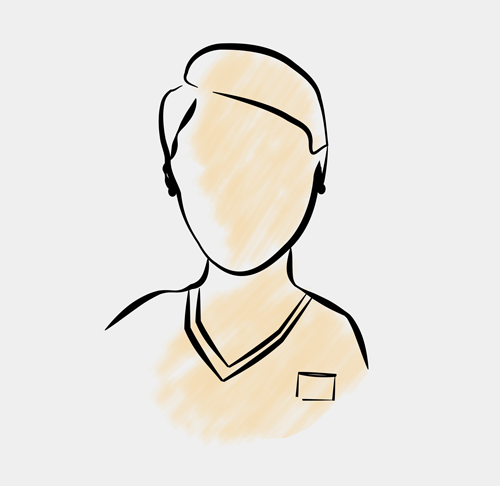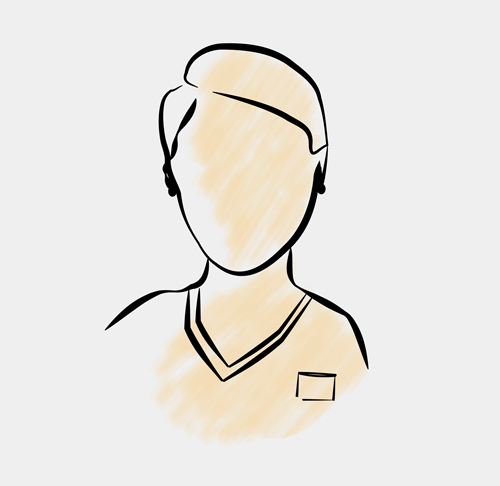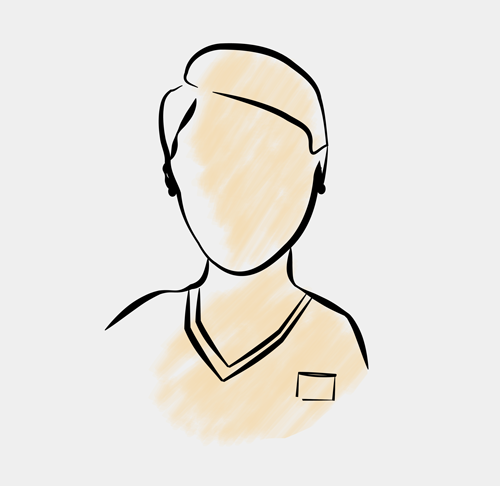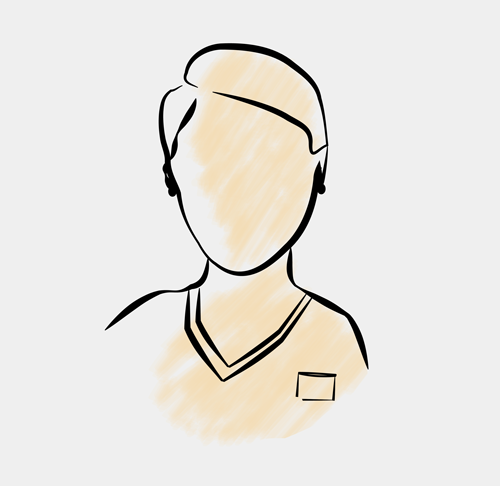All you need to know about episiotomy
An episiotomy – often called an épisio in French – is performed in one in five births in France (2018 figures). An episiotomy is an incision made in the perineum to facilitate childbirth. Here, we explain what it involves, the conditions under which it’s performed and what happens afterwards.
The medical definition of episiotomy
An episiotomy involves making a cut in the perineal muscles during the birth, both to facilitate the baby’s passage into the vaginal opening and to avoid serious tearing of the perineum.
Why is episiotomy performed?
Perineal incision in an episiotomy will only be performed by an obstetrician-gynaecologist or midwife in very specific situations, and only when it’s considered necessary. For example:
- In case of obstetrical emergency – if the doctor detects an abnormal heartbeat of the unborn baby or mother, or if a second baby has to be urgently delivered if the mother is expecting twins, for instance.
- If the baby is positioned in a breech or face position and is unable to pass through, and when a caesarean section is no longer possible.
- In the case of macrosomia, i.e., the baby weighs over 4 kg.
- To prevent serious tears to the perineum.
- To enable instruments to be used (assisted delivery) – forceps, spatulas or ventouse.
While the national episiotomy rate in maternity hospitals (private and public combined) stands at 20%, this figure is 17% in ELSAN maternity clinics, nationwide. This reflects ELSAN’s policy of avoiding performing episiotomy unless absolutely necessary.
Episiotomy procedure
The midwife or obstetrician delivering the baby will make the episiotomy incision when the baby’s head is very low in the perineum and pressing on the muscles – here, we talk about the perineum being distended.
Most patients choose to give birth with an epidural. Generally, the epidural coupled with the physiological anaesthesia caused by the pressure of the baby’s head on the perineal muscles during contractions or when the mother pushes are sufficient. The midwife or doctor will make the most of a contraction or a push to make the incision. This usually happens during the last stage of active labour.
In France, obstetricians generally perform mediolateral episiotomy, where the incision begins in the middle of the vaginal opening and extends down towards the left. The cut measures 5 to 6 cm on a distended perineum (i.e. distended by the baby’s head), and 2 to 3 cm “at rest” (i.e. when the perineum is no longer stretched). Shortly after the placenta is expelled (afterbirth), the midwife or obstetrician will suture the incision, under stringent aseptic conditions and requiring the patient to lie in the lithotomy position.
What precautions should be taken after an episiotomy?
Swelling in the perineal area in the hours following a vaginal birth is normal and should go down quickly.
For pain relief, the medical team looking after you will offer you painkillers in stages, starting off with paracetamol, and then anti-inflammatory tablets if the first didn’t work. Natural methods such as homeopathy (Arnica 9 CH) and ice packs (compresses soaked in an iced physiological saline solution) can provide significant relief. Apis Mellifica 9 CH granules can also be used to help reduce immediate postpartum swelling.
This is why it’s important to let your medical team know if you have any allergies.
Several precautions should be taken to ensure proper healing and scarring after an episiotomy:
- You should immediately let your doctor or midwife know if your episiotomy scar starts to swell or weep, as this could be a sign of inflammation or an infection that needs to be treated very quickly.
- Episiotomy stitches usually dissolve on their own after 10 to 15 days. You may have been given non-dissolvable stiches that will need to be removed by a nurse. Your doctor will discuss this with you before you leave the maternity clinic.
- To avoid any complications, you should maintain good personal hygiene: wash the scar with clean water at least two to three times a day and with an intimate wash product after urinating. A generic mild soap may not have the right pH balance and can upset the bacterial flora of the mucous lining. Dry the wound with a compress and regularly change your sanitary towel.
- An episiotomy scar is sensitive and can be painful. To help relieve pain, apply aloe vera gel, a homeopathic gel (Arnica and Staphysagria 9 CH) or green clay poultices (rinse thoroughly in clean water).
Note that some stiches can be more uncomfortable and more painful than others – notably those near the anus. Sometimes one stich is just a little tighter than the others. Don’t hesitate to speak to a midwife in the maternity clinic – a couple of stiches can always be taken out three or four days later if the scar looks to be healing properly.
An episiotomy shouldn’t stop you from moving around normally or caring for your baby, although it can be uncomfortable or even painful the first couple of days when you change position or sit down.
If the pain is crippling and doesn’t go away, a midwife will need to examine you. Similarly, if the scar stops you from resuming sex or causes pain during intercourse (dyspareunia), you should talk to your midwife or doctor. This is one of the subjects that will be discussed during your postpartum consultation, scheduled six to eight weeks after you’ve given birth.
Tous les articles maternité
- La grossesse, semaine après semaine
- La préparation à la naissance: l'essentiel à savoir
- Focus sur l'accouchement naturel
- Comment préparer sa valise maternité?
- Les étapes de l'accouchement
- L'accouchement par césarienne
- Les complications possibles de l'accouchement
- Tout savoir sur l'allaitement
- La rééducation du périnée








